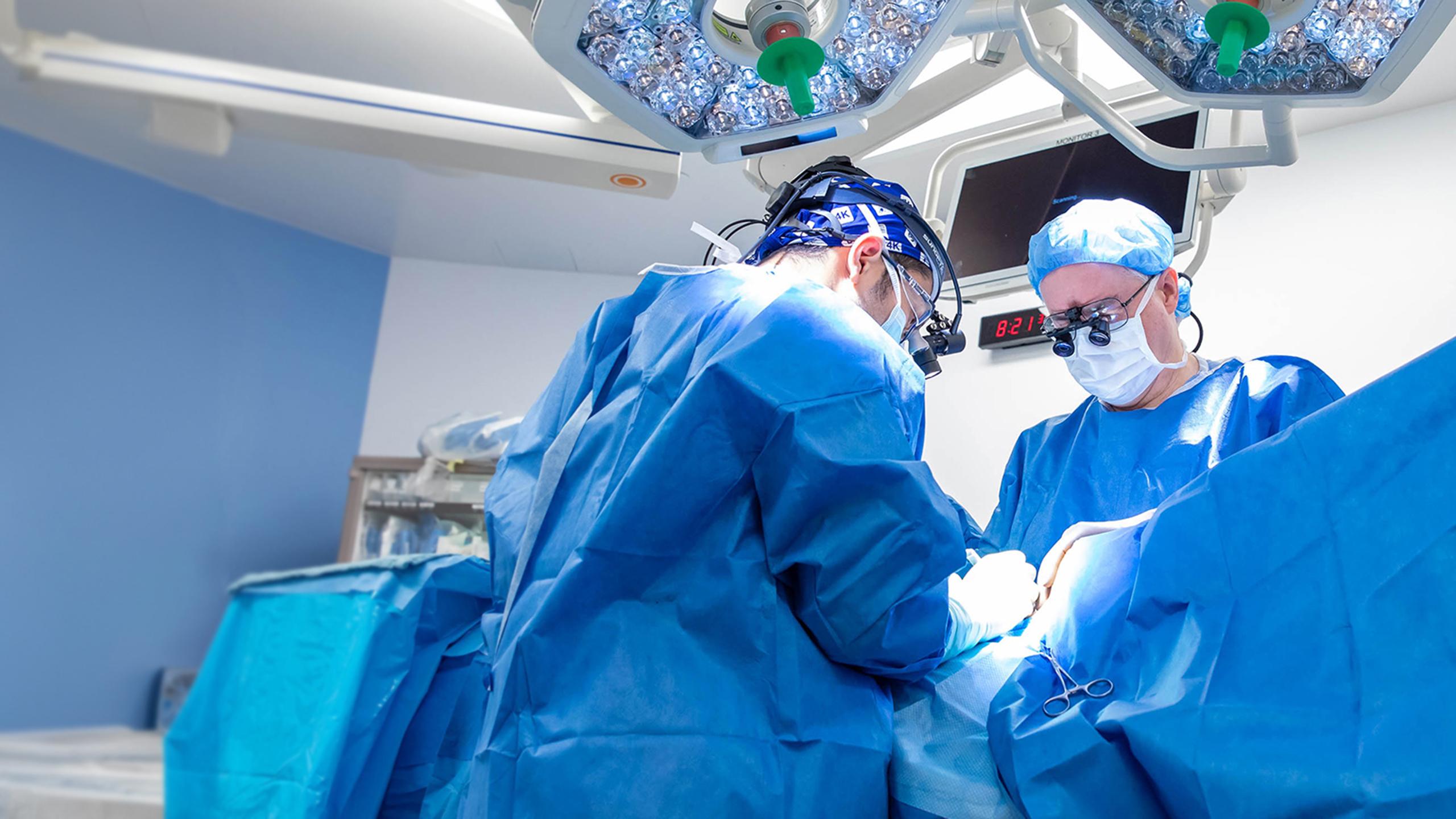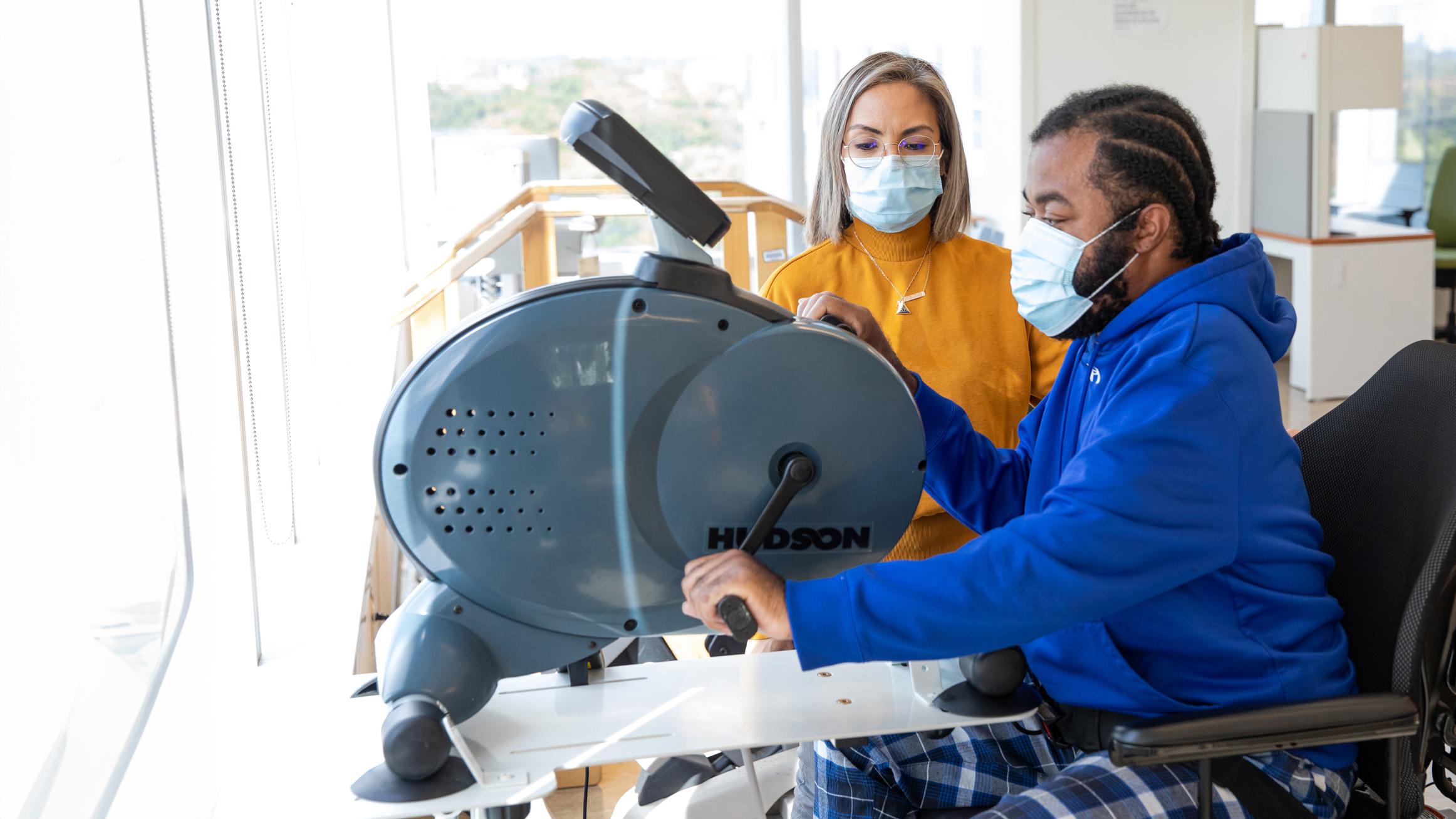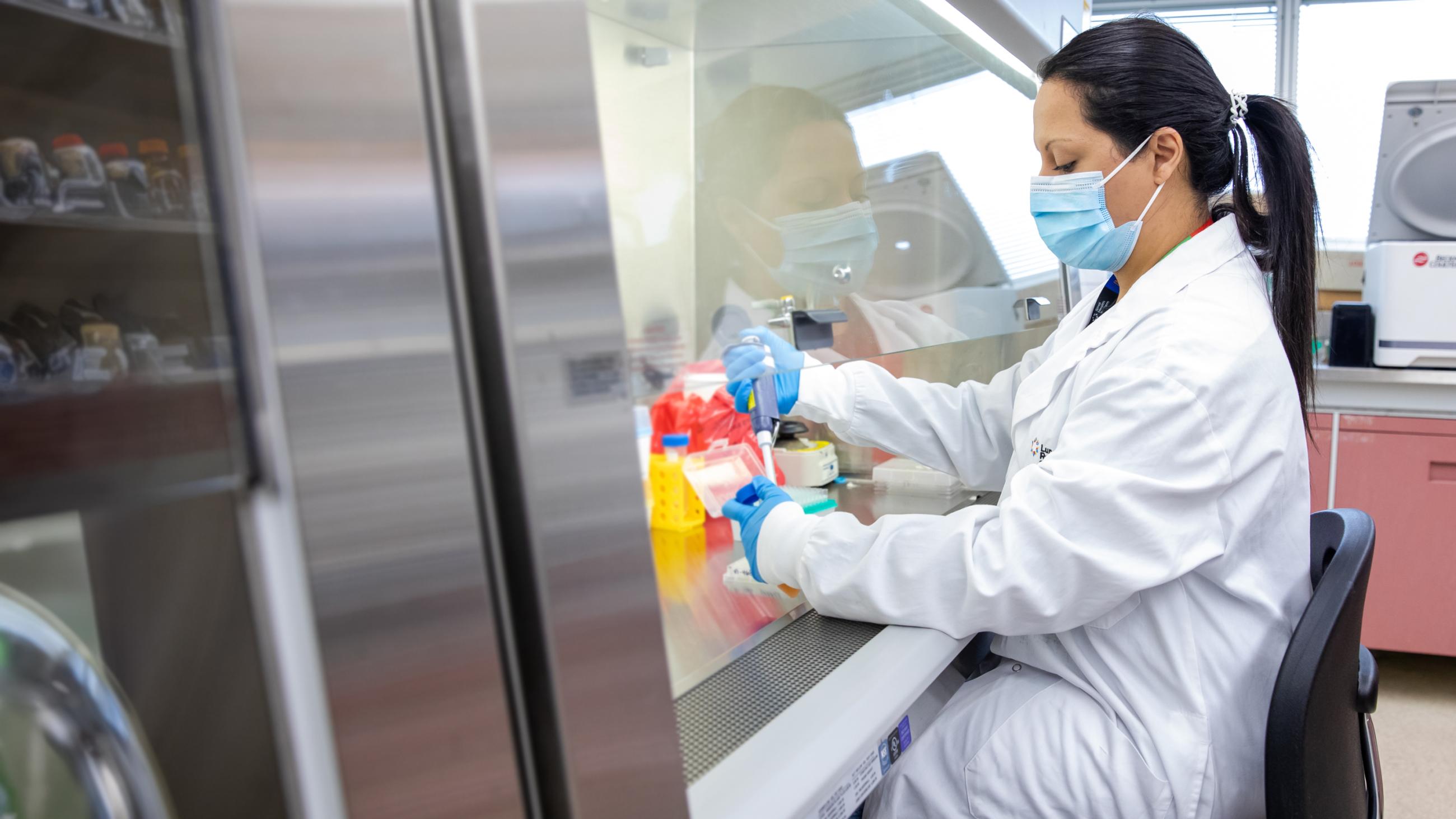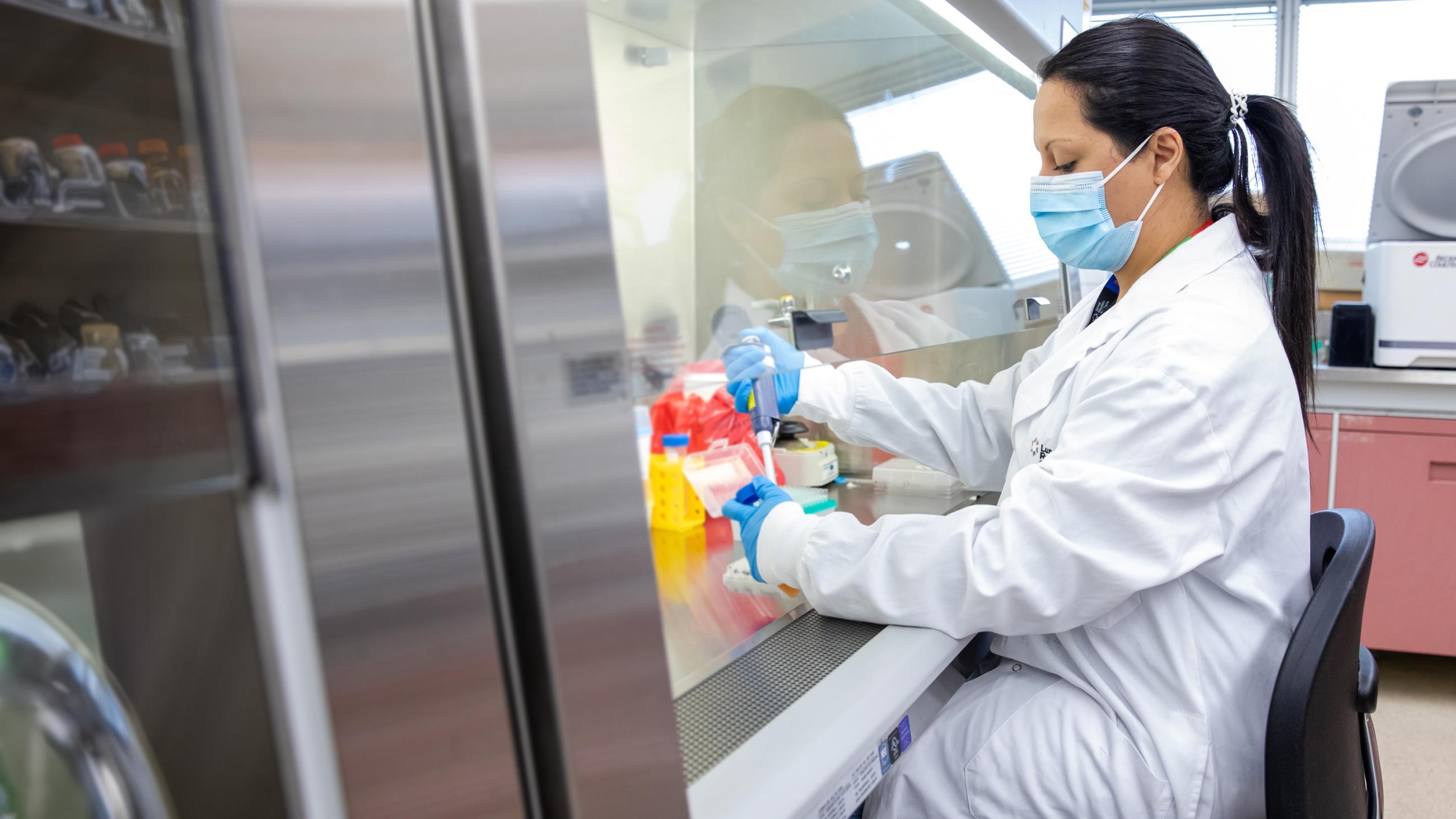Taking Care of Yourself After Birth
After the birth of your baby, your body will go through changes as you return to your pre-pregnancy state. This postpartum period will take about six weeks until your uterus returns to its usual size.
Postpartum care
Breast/chestfeeding your baby at least every three hours, or according to your baby's cues, helps maintain your milk supply.
To relieve engorgement, consider frequent emptying of the breast/chest, hand expression or gentle massage to help the milk flow. Cold compresses can help ease pain and swelling after feedings. If you normally take medication such as acetaminophen at home for pain, it may help manage your pain.
To relieve mastitis, an infection of the breast/chest, it is important to continue breast/chestfeeding. You may have a painful, sore, reddened area that does not improve with emptying, and chills, fever and flu-like symptoms. Drink plenty of fluids, rest, take acetaminophen or ibuprofen for pain and fever, and continue breast/chestfeeding. If your symptoms do not improve within 24 hours, contact your health-care provider, as you may need antibiotics. Your baby can continue breast/chestfeeding even when you are taking antibiotics.
For additional support with breast/chestfeeding, contact our Postnatal Ambulatory Clinic for advice from a lactation consultant within the first six weeks after birth.
Learn more about infant feeding.
You can expect bleeding from your vagina for up to six weeks after birth. At first, the bleeding will be moderately heavy and dark red. The bleeding will gradually slow, and the colour will change to brownish pink and then to yellowish white.
Avoid using tampons to prevent infections until your six-week follow-up appointment. Use soap and water to keep your perineal area clean at least once a day and change your pad often.
If you had a vaginal birth, you may find comfort by using a sitz bath to help your perineum heal. A sitz bath is a special basin filled with warm water that you sit in for about 15 minutes to soak your perineal area a few times per day.
If you have stitches, they will dissolve in about two weeks.
Seek medical attention if you experience any of the following symptoms:
- Bleeding through a pad with bright red blood in less than one hour
- Passing large clots (the size of a plum or larger)
- Foul-smelling discharge
- Fever greater than 38 C (100.4 F)
Learn more about perineal tears and pelvic floor exercises.
When the initial dressing is removed after your birth, your incision will be left to air-dry. You may shower and allow soap and water to wash over your incision, then gently pat it dry.
Make sure to keep your incision clean and dry. You can wear cotton underwear and loose clothing for comfort.
While the skin covering your incision will heal within a few days, complete healing of the full depth of the incision may take six to eight weeks.
If you have steri-strips (strips of tape over the incision), they will fall off on their own, or you may remove them five to seven days after your birth.
If you have staples, ask your nurse before discharge when they should be removed. You may need to arrange to have the staples removed by your health-care provider.
Seek immediate medical assistance if you have any of the following symptoms:
- Fever greater than 38 C
- Increasing abdominal pain
- Redness and discharge from your incision
- Opening of the incision
You may not be able to feel when your bladder is full for the first few days after birth. It is important to empty your bladder every two to three hours, even if you do not feel the urge to do so.
Tell your health-care provider if you have any pain or burning when urinating, or the urge to urinate frequently. These could be signs of a bladder infection.
Practicing Kegel exercises can help you regain muscle tone and strengthen your pelvic floor. Learn more about pelvic floor exercises.
It is normal to have delayed bowel movements after giving birth, and you may have discomfort caused by haemorrhoids or an episiotomy.
Drinking plenty of fluids and eating high-fibre foods, such as whole grains, fruits and vegetables, can minimize constipation. Your health-care provider may also prescribe a stool softener or laxative.
Haemorrhoids are common during pregnancy and after birth. They are varicose veins of the rectum caused by the weight and pressure of the baby, and the force of pushing.
To reduce discomfort, use ice packs, sitz baths, medication or medicated pads. Try to avoid spending a long time on your feet or becoming constipated.
It is normal to see some swelling in your legs and feet during the first two weeks after birth. Elevate your legs and avoid standing for too long to help reduce the swelling.
You may also notice you are sweating and urinating more as your body gets rid of the extra fluid from pregnancy.
It is important to keep pain under control by taking your pain medication on a regular schedule. Well-managed pain helps with healing and makes it easier for you to care for your baby.
While you are in the hospital, your nurse will give you regularly scheduled pain medication that is safe to take while you are breast/chestfeeding.
When you are back home, keep taking whatever pain medication you normally use at home. Remember to fill any prescriptions you were given before leaving the hospital so you have them on hand for additional pain relief, if needed.
By the time you are ready to leave the hospital, you may feel up to taking short walks or using the stairs. Listen to your body when deciding how much activity you are ready for.
Gradually increase your exercise as you allow your body to guide your activity. Also, avoid lifting anything heavier than our baby until you are feeling stronger and more comfortable.
Before resuming sexual activity, talk to your health-care provider at your six-week postpartum checkup about the kinds of birth control that will meet your needs.
If you had a vaginal birth, you can start driving again whenever you feel ready. If you had a Caesarean birth, we recommend waiting two to three weeks before driving.
During the postpartum period, you may experience a range of feelings, from joy and excitement to guilt and sadness. All of these feelings are normal after having a baby.
These feelings might be caused by a lack of sleep, hormone changes, stress, and feeling unsupported by family or friends.
During your hospital stay, your nurse will talk with you and your support person about signs of baby blues, anxiety and depression to watch for and report to a health-care provider.
Please remember that you are not alone and that support is available. If you are struggling to cope at home, please tell your health-care provider right away and refer to the resources available.
Learn more about our Perinatal Mental Health Program and the support is available to you.
Consider going to your nearest emergency department if you are experiencing any of the following:
- Bleeding through a pad with bright red blood in less than one hour
- Passing large clots
- Foul-smelling discharge
Please seek medical attention if you are experiencing any of the following:
- Inability to empty your bladder
- A fever greater than 38 C (100.4 F)
- Unexplained abdominal or perineal pain not relieved with pain medication
- Redness, warmth and shininess of your breast/chest
- Drainage from an episiotomy, perineal tear or a Caesarean incision site
- An unusual, ongoing headache, or changes in vision
- Tenderness, pain, redness or swelling on the back of one or both legs
- Ongoing changes in your mood, such as feeling depressed or sad







